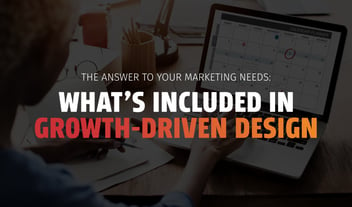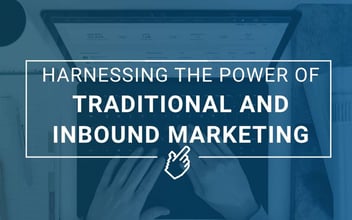Your customers are bombarded with hundreds of messages on a daily basis. Unless they can instantly understand “what’s in it for them” they will move on to the next solution. So how do you get their attention? That’s where the StoryBrand process comes into play. StoryBrand is built on a premise that our marketing messages are largely being ignored because we aren’t marketing simply and clearly.
Recently our company, Vendilli Digital Group, went through the StoryBrand training and our agency became StoryBrand Certified. During the training, I was amazed at how simple this process appears from the outside. It’s all right in front of you but flipping the narrative away from “what we can do for you” can be difficult.
I Don’t Have a Messaging Problem
Often companies don’t see the problem. They focus all of their messaging on themselves; “Family owned for over 50 years.” “Our prices can’t be beat.” “Come browse our huge selection.” While that’s all well and good, people don’t care.
Talking about yourself won’t engage your audience, but turn the conversation to your customers and they’re all ears.
Great brands know this. That’s why they focus on their customer’s needs instead of their own accolades. All of their marketing messaging — whether it’s digital marketing, television or radio commercials, billboards or print ads — is focused on the client’s problem and how their product can help.
The Power of Story
The concepts presented in StoryBrand’s Framework have been around for hundreds of years. They are based on the basic principles of storytelling.
Despite our unique quirks and individual personalities, human beings all process information basically the same way. The human brain is geared to remember stories better than straight-up facts. All StoryBrand marketing does is work with that process instead of against it to engage people with your brand messaging and clearly communicate key concepts.
The StoryBrand Framework - The Process
The process centers around StoryBrand’s 7-part messaging framework that literally guides the client through the script to hone their messaging. Figuring out how to do this is usually where people feel lost. But don’t worry, we’re here to help.
Make your customer the hero. First and foremost, you have to place your customer at the center of your narrative. Forget citing the details of a new product or all the awards your brand won last year. Your marketing message should be about the customer’s story and your brand just happens to be there. Here’s how our story progresses.
-
The Character - This is your customer. We need to identify what they want to stimulate a desire to work with you.
-
The Problem - What is the problem your customer is facing? As with any good story the main character experiences conflict. For example, they want to look and feel better, save money or time.
-
The Guide - You are the guide in this story. Now you’ve reminded the customer of a problem, but they have no idea how to fix it.
-
The Plan - Steps must be taken before we find a solution, so your brand will help to lay out a plan to get there. By giving the customer a plan, you give them baby steps and essentially say “It’s easy to work with us. Justtake these steps.” Giving a customer a plan can dramatically increase their engagement.
-
Extend a call to action. You need to have a crystal clear call to action. Again, make it easy to do business with you. A call to action is an important part of the framework because it tells your customers exactly what they need to do with you to solve their problem. You can even include transitional calls to action for customers who aren't quite ready to buy such as joining an email newsletter list for coupons or offers.
-
Show them failure. Even after all this leg work, people might still be wondering “Why is this brand any better?” People are either motivated to avoid failure or experience success. In our communication, we must define what is at stake for our customers if they do or don’t take action. Could they lose money? Could their health be at risk? Define what your customers or stakeholders could lose if they do not engage your business.
-
End with a win. And of course, you want to leave them feeling confident. Show them what success looks like with you. We must clearly define what a customer or stakeholder’s life will look like if they engage our business.
That’s just a little glimpse into StoryBrand. Obviously, it gets much more detailed than that but at the end of the StoryBrand process, you’ll come away with a complete BrandScript for your business, clear and to the point messaging, one-liners, elevator pitches, calls to action, transitional calls to action and most importantly, a true direction for your marketing. Being that Vendilli Digital Group is a full service web design and video production agency, we can help put your StoryBrand messaging to work via your website and digital marketing. Sound interesting? Learn more about the StoryBrand process.





